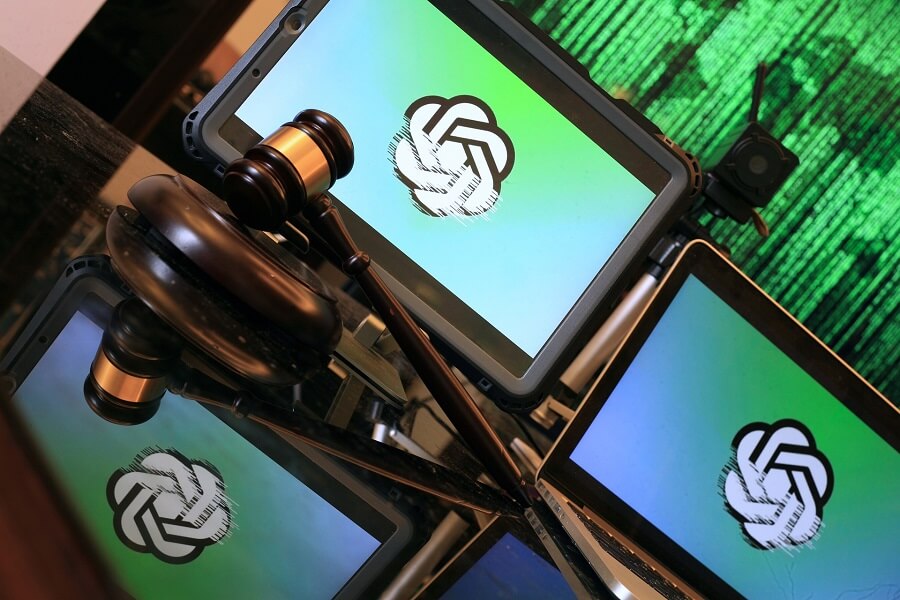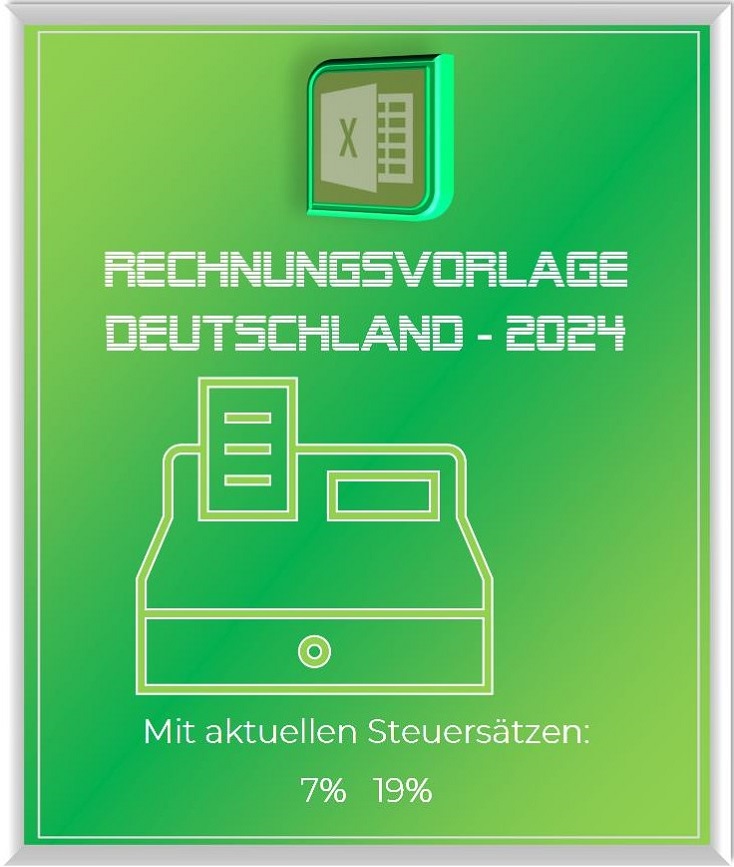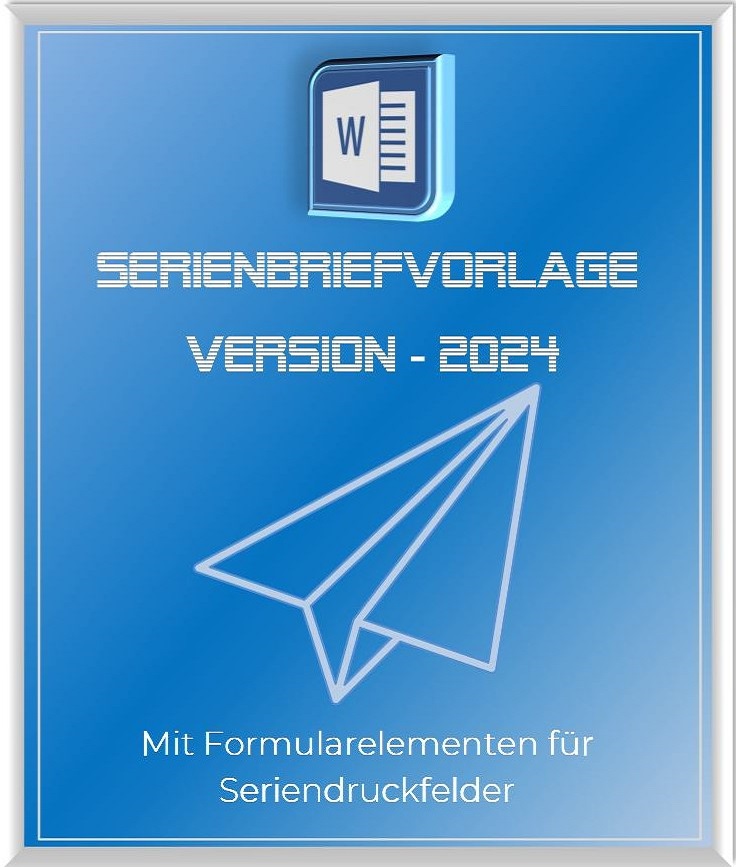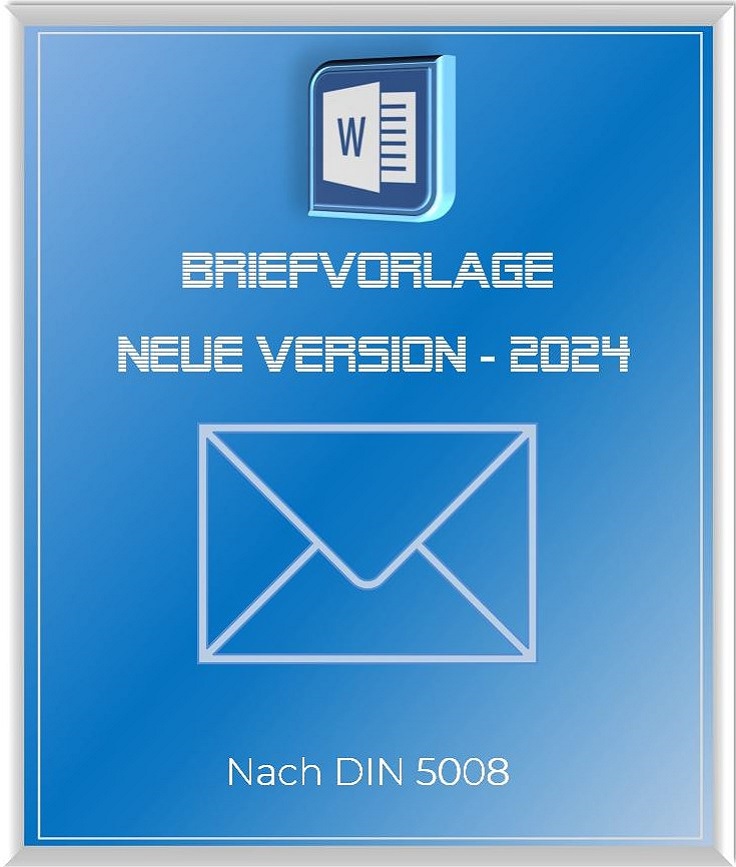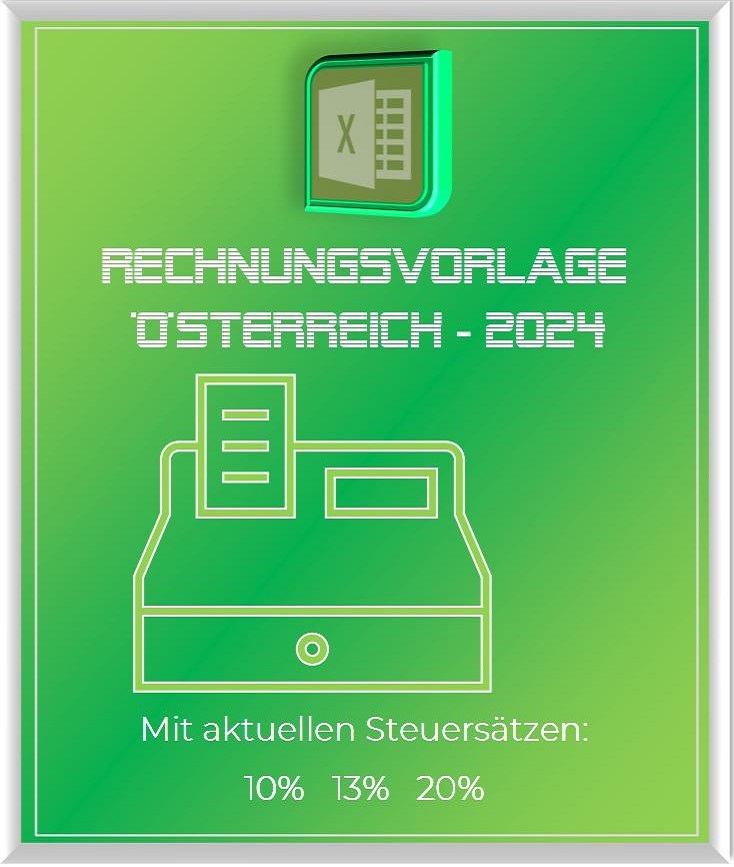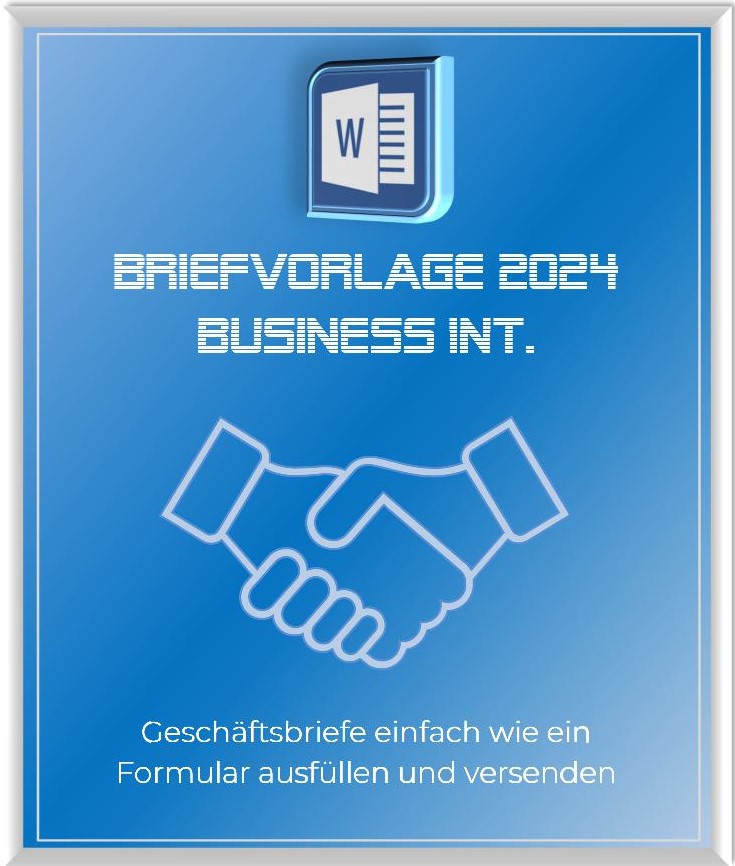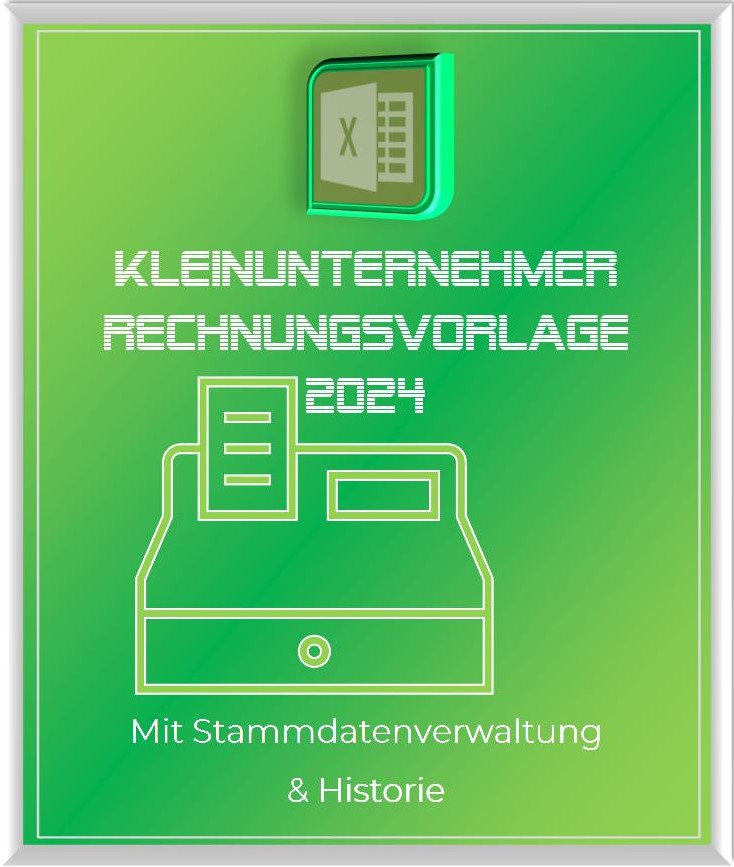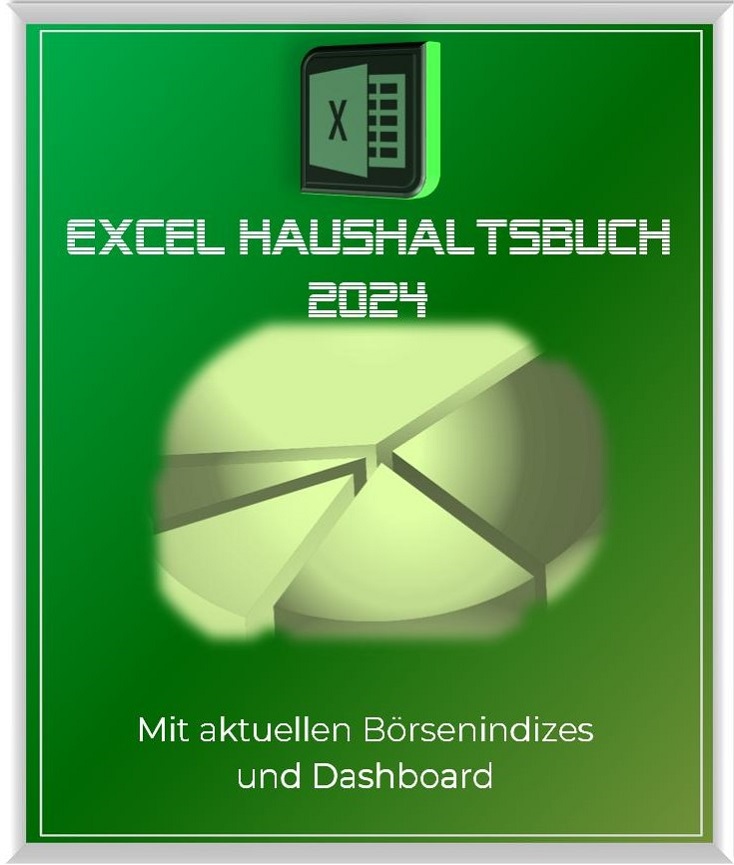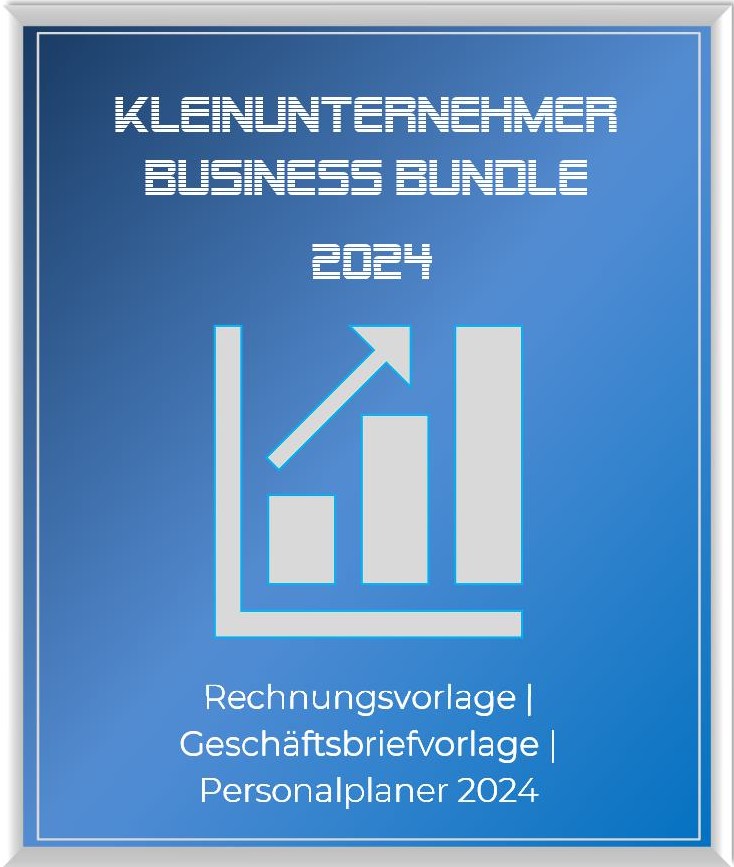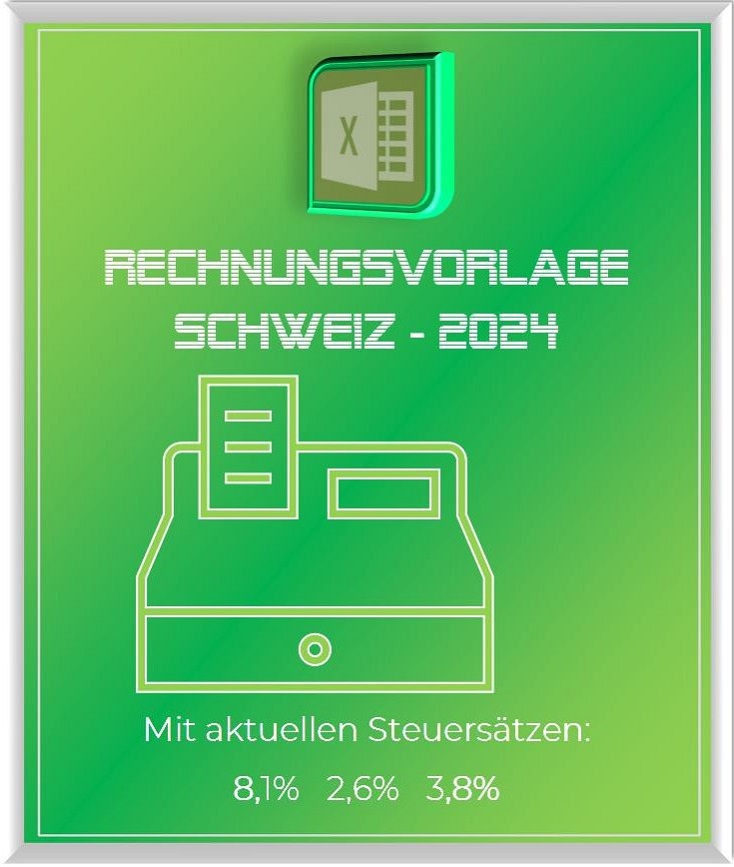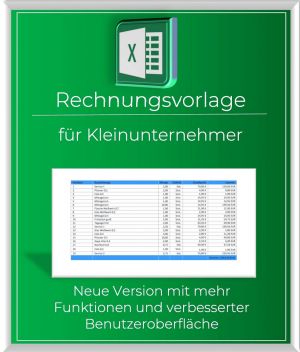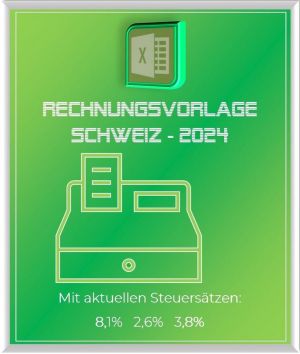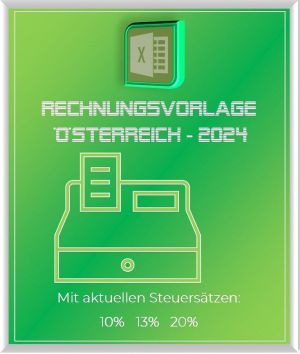A turning point in EU policy on regulating AI
In an unprecedented initiative, the European Union has taken a decisive step towards shaping the future of Artificial Intelligence (AI). This landmark law marks a milestone in global technology policy and positions the EU as a pioneer in creating a legal framework for the use and development of AI.
After months of intensive discussions, the representatives of the European Parliament and the member states have agreed on the cornerstones of the “AI Act“. This act is the first of its kind and is intended to provide a balanced framework for the use of AI technologies that promote innovation while addressing ethical and safety concerns.
A turning point in EU policy on regulating AI
In an unprecedented initiative, the European Union has taken a decisive step towards shaping the future of Artificial Intelligence (AI). This landmark law marks a milestone in global technology policy and positions the EU as a pioneer in creating a legal framework for the use and development of AI.
After months of intensive discussions, the representatives of the European Parliament and the member states have agreed on the cornerstones of the “AI Act“. This act is the first of its kind and is intended to provide a balanced framework for the use of AI technologies that promote innovation while addressing ethical and safety concerns.
The AI Act creates regulations for AI
The AI Act creates regulations for AI
Strict guidelines for risk areas
The “AI Act” places a particular focus on regulating AI applications in high-risk areas. This includes critical infrastructure, security services and human resources management systems. Strict human control mechanisms, detailed technical documentation and comprehensive risk management strategies should be implemented here. The goal is to ensure the integrity and reliability of AI-based systems while protecting public safety and privacy.
OpenAI – pioneer in AI technology
The importance and potential of AI have been clearly highlighted by companies like OpenAI, which caused an international stir with its chatbot ChatGPT. This machine learning example demonstrates how AI technology can be used to create complex texts such as essays or poems based on short inputs.
Different views within the EU
There were significant differences during the negotiation process, particularly on the regulation of basic models such as GPT. Countries such as Germany, France and Italy are committed to ensuring that only specific AI applications and not the underlying technology are regulated. The use of AI for facial recognition in the area of national security has also been a controversial topic.
Digital and Transport Minister Volker Wissing emphasized the need for an internationally coordinated approach in order not to hinder the development of start-ups such as Aleph Alpha and Mistral AI. The final approval of the European Parliament and the member states for the AI Act is considered likely.
The AI Act could serve as a model for other countries seeking a middle ground between the US’s more relaxed regulations and China’s strict regulations. With this law, the EU demonstrates its leadership role in global AI regulation.
Further detailed information about the AI Act can be found at official website of the European Parliament.
Strict guidelines for risk areas
The “AI Act” places a particular focus on regulating AI applications in high-risk areas. This includes critical infrastructure, security services and human resources management systems. Strict human control mechanisms, detailed technical documentation and comprehensive risk management strategies should be implemented here. The goal is to ensure the integrity and reliability of AI-based systems while protecting public safety and privacy.
OpenAI – pioneer in AI technology
The importance and potential of AI have been clearly highlighted by companies like OpenAI, which caused an international stir with its chatbot ChatGPT. This machine learning example demonstrates how AI technology can be used to create complex texts such as essays or poems based on short inputs.
Different views within the EU
There were significant differences during the negotiation process, particularly on the regulation of basic models such as GPT. Countries such as Germany, France and Italy are committed to ensuring that only specific AI applications and not the underlying technology are regulated. The use of AI for facial recognition in the area of national security has also been a controversial topic.
Digital and Transport Minister Volker Wissing emphasized the need for an internationally coordinated approach in order not to hinder the development of start-ups such as Aleph Alpha and Mistral AI. The final approval of the European Parliament and the member states for the AI Act is considered likely.
The AI Act could serve as a model for other countries seeking a middle ground between the US’s more relaxed regulations and China’s strict regulations. With this law, the EU demonstrates its leadership role in global AI regulation.
Further detailed information about the AI Act can be found at official website of the European Parliament.
Popular Posts
QR code scams and how to protect yourself
Cybercriminals use fake QR codes to link to malicious websites or distribute malware. Protect yourself by checking the source, using previews and keeping your smartphone up to date. Be vigilant and enjoy digital conveniences safely.
Start Windows without password – How it works
Starting Windows without a password can be useful if your computer is protected from unauthorized access at home. There is no need to change your password either.
The best backup solutions for your data
Keep your data safe and secure! Discover our best backup solutions for your valuable information now. Because safety is the be-all and end-all - and we have the perfect tips.
Digital Euro – Digital ID and wallet obligation are coming
The digital euro - The digital wallet and the ID will come. And they will also become mandatory in many areas. The plans are very specific.
Private internet use at work – what is allowed?
Die private Internetnutzung am Arbeitsplatz kann ein heikles Thema in manchen Betrieben sein. Wir beleuchten was erlaubt ist, und geben Tipps wie Sie am besten zu einer Balance zwischen Arbeitgeber und Arbeitnehmer kommen.
Set up Google Backup Code
The smartphone is gone or your phone number has changed. This leads to problems with your Google account. Set up a Google Backup Code beforehand.
Popular Posts
QR code scams and how to protect yourself
Cybercriminals use fake QR codes to link to malicious websites or distribute malware. Protect yourself by checking the source, using previews and keeping your smartphone up to date. Be vigilant and enjoy digital conveniences safely.
Start Windows without password – How it works
Starting Windows without a password can be useful if your computer is protected from unauthorized access at home. There is no need to change your password either.
The best backup solutions for your data
Keep your data safe and secure! Discover our best backup solutions for your valuable information now. Because safety is the be-all and end-all - and we have the perfect tips.
Digital Euro – Digital ID and wallet obligation are coming
The digital euro - The digital wallet and the ID will come. And they will also become mandatory in many areas. The plans are very specific.
Private internet use at work – what is allowed?
Die private Internetnutzung am Arbeitsplatz kann ein heikles Thema in manchen Betrieben sein. Wir beleuchten was erlaubt ist, und geben Tipps wie Sie am besten zu einer Balance zwischen Arbeitgeber und Arbeitnehmer kommen.
Set up Google Backup Code
The smartphone is gone or your phone number has changed. This leads to problems with your Google account. Set up a Google Backup Code beforehand.

